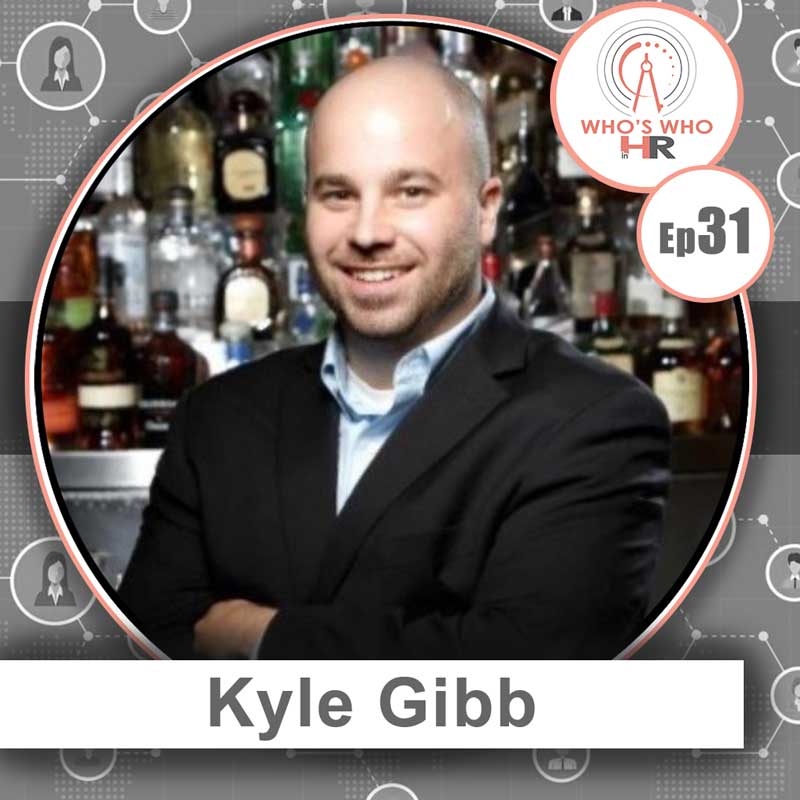Kyle Gibb graduated from UConn in 2011 with B.S. in Actuarial Science and Mathematics.
Following college he worked for Mercer as an Actuarial Pension Consultant for a few years before going to work for one of his clients, People’s United Bank, as a Pension Administrator.
Gibb quickly realized there was much more to Benefits and Rewards than just Pension, and his curiosity brought him to Diageo North America where he had the opportunity to grow my knowledge in the rewards space, encompassing Healthcare, Retirement, Compensation and many other ancillary benefit offerings. It also has given Kyle exposure to benefits on a global level and he’s been able to accumulate almost 10 years of Benefits knowledge to this point, and looks forward to continuing his learning in this space.
Kyle is an avid golfer, nature enthusiast, Boston Sports fan, and loves to enjoy a nice glass of red wine or whiskey on the rocks.
More from Kyle…
Kyle says employees don’t always fully understand the total investment a company is making in them. They know their salary, but that’s about it. He says companies are now trying to be clearer about what other costs are being invested employees. He tells us:
“I would say employees do not know the [cost to their benefits.] They probably just see their what they’re taking home in a paycheck. And that’s about it.
But I think more employers are trying to bring light to that and are starting to put out these total reward statements. And the total reward statement is kind of just that. It’s showing you what your base salary is, what your annual incentive payment might be, how much the company is contributing towards your medical, how much you’re contributing towards retirement, any of these ancillary benefits, commuting expenses, or education if the company has a tuition reimbursement program.
So I think they’re really trying to shine light to that to show employees what the total package is for them in their cost. And to quantify that that’s part of the goal project that I really have been doing across 20 different countries globally. The average accrual that was coming in for benefits expenses, is about 30 to 35%.
So if you’re paying an employee $100,000, as their salary, the true costs for that employee to the company is closer $130,000 $135,000. We’re talking a per employee basis. So benefits certainly make up a very large cost of just operating a business.”









